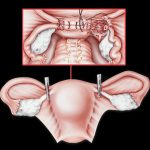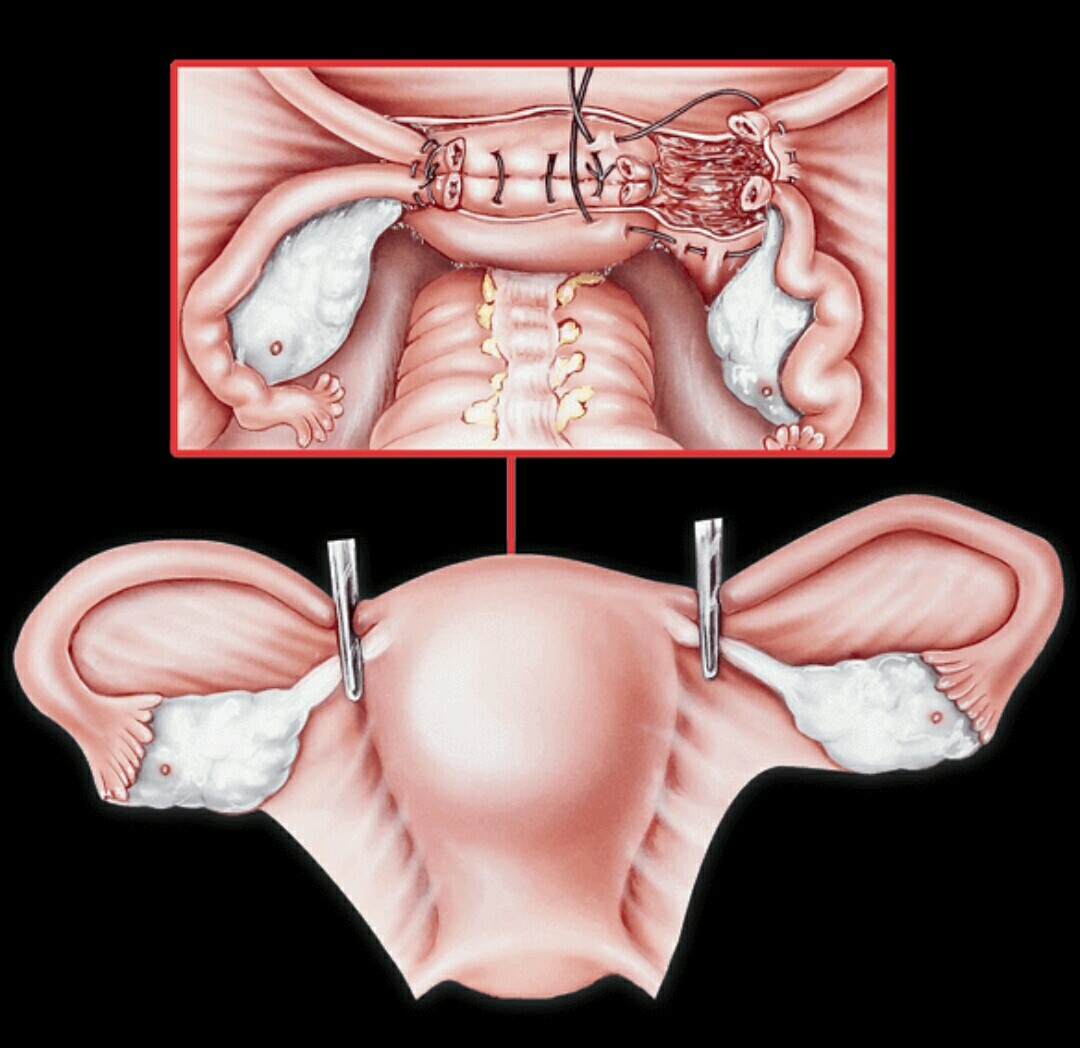HYSTERECTOMY: Types, Procedure, Indications, Complications, Laparoscopic, Recovery and Cost.
INTRODUCTION
It is commonplace to readily name the brain, the heart and a few other organs as vital for life to continue, it is however not hyperbolic to say that the uterus (womb) holds high premium in the scale of preference among women, intending husbands (and intending fathers) and the community at large.
As cloning and in-vitro gestation (pregnancy maintained outside a natural womb) have not yet been mastered in reality, life without a womb for most women would naturally pass as a nightmare occurring at noon; having a womb to these women means life. However, there are a few medical (or related) issues that leave us with a choice to choose between life and the womb.
DEFINITION
Simply put, hysterectomy is the surgical removal of all or part of the uterus (womb). In some circumstances, it is accompanied by removal of related or surrounding structures.
TYPES (MAJOR)
Basically, four (4) types of hysterectomy exist as explained below:
1. Total Hysterectomy: In this type the entire uterus (womb) is removed from the fundus (uppermost part of the uterus) to the cervix (lowermost part of the uterus, largely portrayed as the door to the womb)
2. Hysterectomy with bilateral salpingo-oophorectomy: In this type the entire uterus is removed (as above) with associated removal of both fallopian tubes and ovaries.
3. Supracervical Hysterectomy: Unlike in the first type, in this case the body of the uterus is removed, but the cervix is left intact.
4. Radical Hysterectomy: As the name would suggest, it involves removal of the entire womb, the entire cervix, the top portion of the vagina (which is not readily visible without aid), and most of the surrounding tissues in the pelvic cavity.
PROCEDURE
There are 3 ways to carry out a hysterectomy:
- Laparoscopic hysterectomy (keyhole surgery) – where the womb is removed through several small cuts in the tummy. Emerging procedure but quite expensive but with less scar, short hospital stay and quick recovery
- Vaginal hysterectomy – where the womb is removed through a cut in the top of the vagina. Quite common.
- Abdominal hysterectomy – where the womb is removed through a cut in the lower tummy. This is the commonest procedure till date. Cheaper, long stay on admission and leaves wound scar.
WHY IS IT DONE? (INDICATIONS)
Hysterectomy is done for a number of reasons. We would however talk on the common reasons.
Uterine Fibroids (Leiomyomas): Fibroids are non-cancerous (i.e. benign) fibro-muscular growths of uterine muscles.
There are a number of medical ways to take care of this, and a less invasive (however non-definitive) surgical method (i.e. Myomectomy: surgical removal of fibroids with the womb left in situ).
The drawback of these methods is that the fibroids might recur with the attending consequences, hence removal of the organ on which fibroid grows (i.e. the womb) becomes the only definitive treatment after which recurrence can not occur.
Pelvic Organ Prolapse: This is when the uterus falls into the vagina due to stretching (and resultant weakening) of the pelvic muscles and supporting ligaments. It causes varied symptoms from pelvic heaviness to sexual dysfunction.
Although exercises, physical as well as behavioural therapy can be offered as possible treatment (especially for milder prolapse), hysterectomy is preferred in major prolapse (which largely would not respond to the other treatment modalities above)
Severe Dysfunctional Uterine Bleeding: Abnormal bleeding in a woman can be caused by varied reasons, ranging from symptomatic fibroid to hormonal dysregulation. If causes are identified and treated, no need to hysterectomy. If not (or if untreatable), hysterectomy would settle the match.
Endometriosis: Excessive growth of endometrial tissue (inner lining of the womb) outside the uterus can be problematic – with pain being the most reported symptoms although infertility and cancer of the womb may follow. Pain management usually is the priority of treatment although when not ameliorated (or it tends towards cancer), surgical removal of the womb is considered.
Malignant (and Premalignant) Conditions: Cancer of the womb and related structures that cannot be treated by cone biopsy, laser therapy and cryosurgery are routinely billed for hysterectomy.
Patient’s Request: It is possible to have a patient request to have her womb removed. This usually occurs in patients with strong family history of uterine cancers (with resultant bad prognoses) who wish not to take the chance of waiting for the disease to occur before taking action.

Down: before hysterectomy
Up: after removal
WHO DOES IT?
This is done by a surgeon with the requisite skills usually an Obstetrician/Gynaecologist or a General Surgeon.
COMPLICATIONS
Although most patients are largely satisfied with the results following surgery, it would be out of place not to talk on the possible (even with the least probability) complications,
Early Complications:
Much common early complications are:
Primary Hemorrhage
Ureteral injuries
Bowel injuries
Bladder injuries
Less common early complications include
Infection/Sepsis
Late Complications:
Most common late complications are:
Early menopause
Infection
Psychological effects like depression, anxiety, reduced libido e.t.c.
Less common late complication are:
Thromboembolic disease
Myocardial infarction
Stroke
Renal failure
Atelectasis
Fallopian tube prolapse (when the tubes are not removed as well)
COST
Depends on the precedure chosen and other considerations. Abdominal hysterectomy price is close to N500,000 or more. Laparoscopic hysterectomy is around 1 million naira to N1.5 million. The cost of blood transfusion and hospital stay are also factored in.
RECOVERY AFTER HYSTERECTOMY
A hysterectomy is a major surgery. You can be in hospital for up to 5 days after surgery, and it takes about 8 to 10 weeks to fully recover.
Recovery times can also vary depending on the type of hysterectomy and your clinical state before the procedure. Cancer or diabetic patients may take longer time to heal or recover.
Rest as much as possible during this time and do not lift anything heavy, such as bags of shopping. You need time for your abdominal muscles and tissues to heal and regain normal functions.
CONCLUSION
However the indication and cost, why no woman hopes to have her womb removed, sometimes, paying to have a vital part of ones body removed might be the surest way to preserve life.
References
1. Ash Monga and Stephen Dobbs Gynaecology by Ten Teachers 19th Edition, 2011, International Standard Book Number-13: 978-1-4441-4956-2 (eBook – PDF)
2. A. L Goeser, Pharm D; M. J. Hasiak, PharmD; J. L. Hochstettler, PharmD, An Overview of Hysterectomy, US Pharmacist 3008; 33 (9): HS11-HS20 accessed on Medscape via https://www.medscape.com/viewarticle on Saturday, Wednesday 4th, March, 2020
AUTHOR: Okpalaugo Cephas (MBBS, Benin)





















